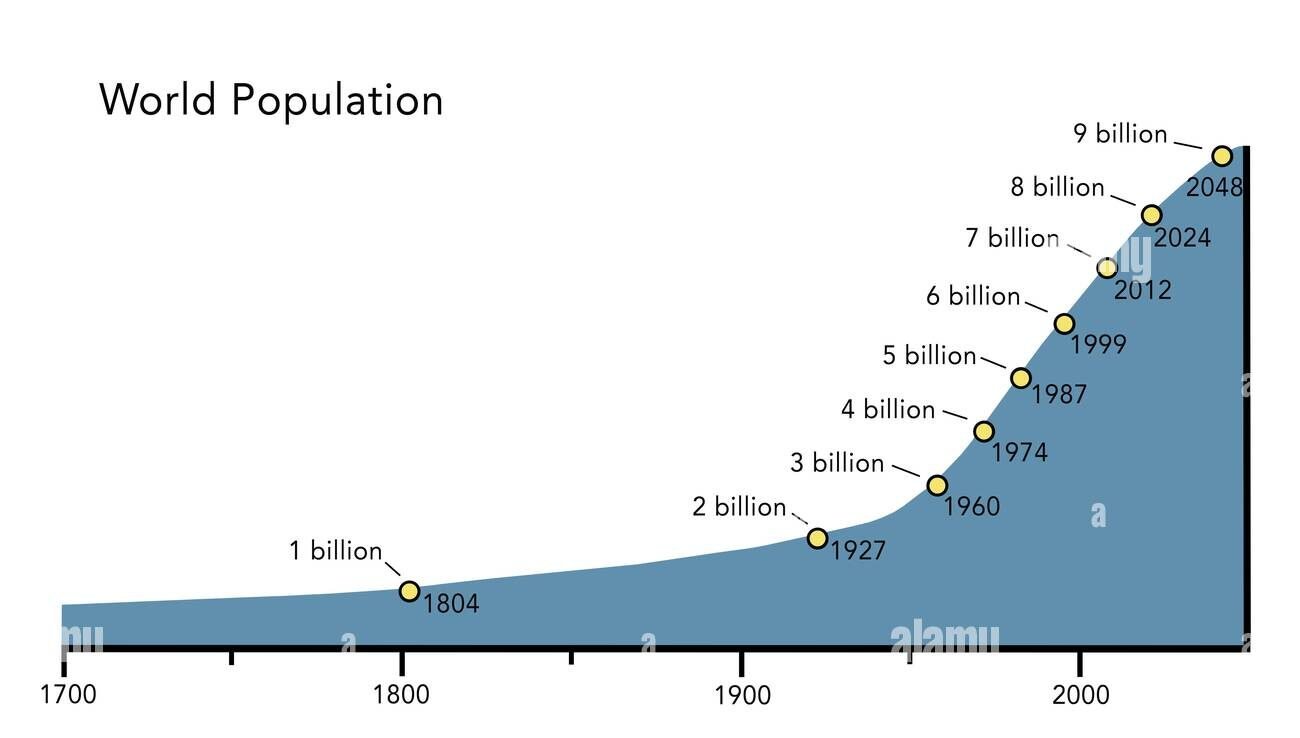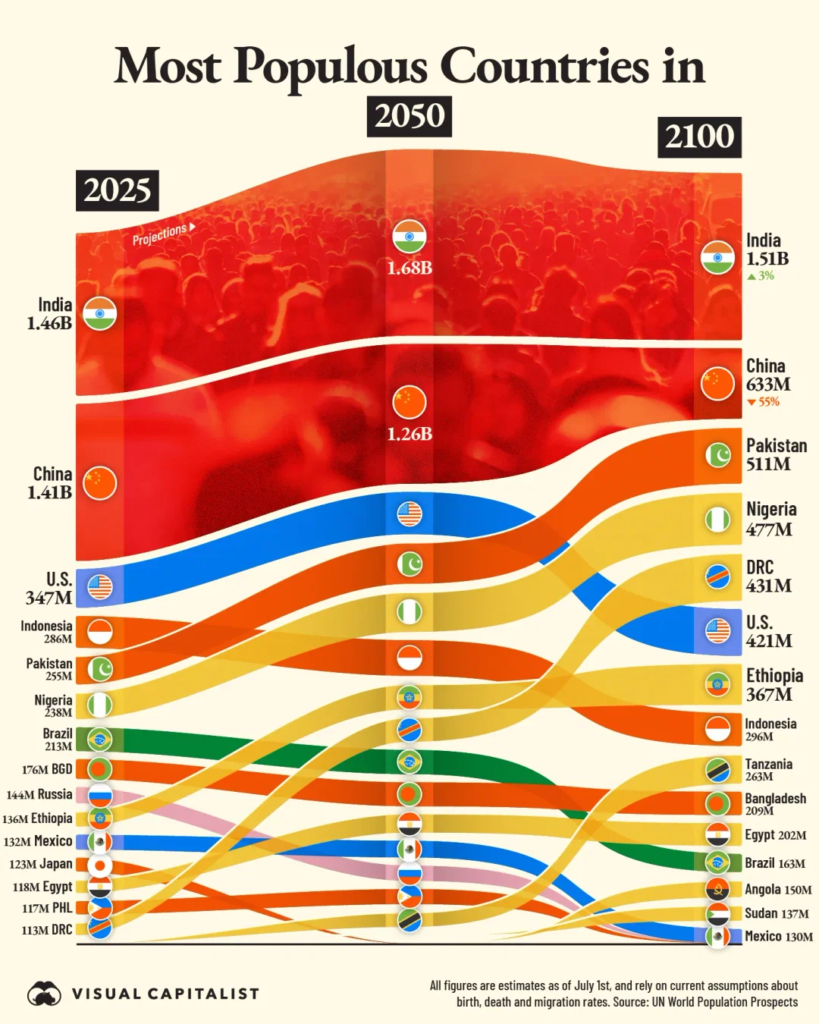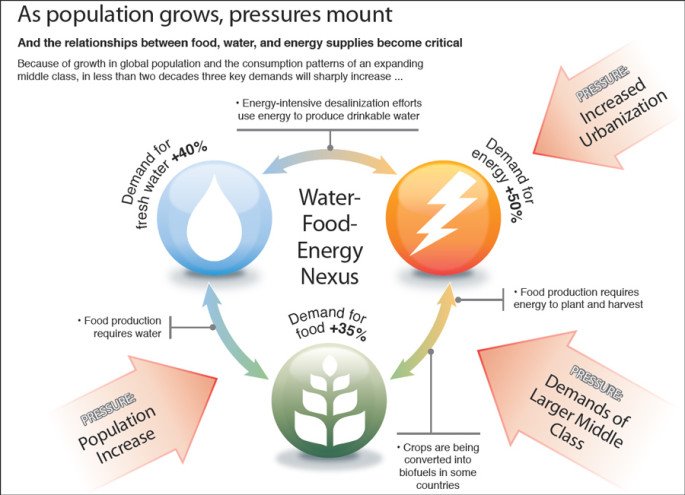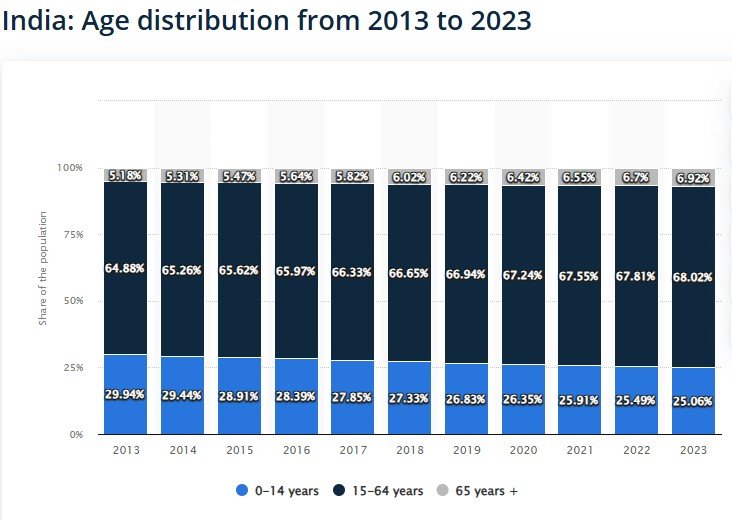Introduction: What Is World Population Day?
Every year on July 11, countries around the world observe World Population Day 2025. It’s a day to draw attention to the urgent issues caused by the growing global population. World Population Day was proposed in 1989 by the Governing Council of the UNDP, sparked by the global attention received when the world’s population reached 5 billion in 1987.

World Population Day encourages reflection and conversation around some of the most pressing challenges of our time, such as reproductive health, gender equality, sustainable development, and access to resources. Right now, there are more than 8 billion people in the world, and India has just passed every other country in population. That’s a big deal. It’s a reminder that we all—governments, groups, and regular people—need to step up and work together to make the world a fairer place for everyone.
2025 World Population Day Theme
To help people around the world stay aware of important issues, the United Nations picks a special theme for World Population Day every year. The official theme for World Population Day 2025 hasn’t been shared yet, but past themes have focused on big topics like “Rights and Choices Are the Answer,” “Investing in Reproductive Health,” and “Unleashing the Power of Gender Equality.”
This year’s theme will likely continue to highlight the importance of supporting young people, reproductive health, and creating a safer, more balanced world for future generations. These sectors are crucial given the increasing pressure on countries like India to support their large and diverse populations.
Keep checking the United Nations Population Fund (UNFPA) for updates on international campaigns and the official theme announcement.

The Importance of It: Population Issues for 2025
By 2025, India is expected to have 1.43 billion inhabitants, or more than 17% of the world’s population. A large population can be a sign of opportunity and growth, but it also brings with it a number of problems that require immediate attention.
1. Natural Resource Stress
The demand for basic resources like food, energy, and water rises in tandem with the population. Water is already running low in many parts of India, and farmers are struggling to produce enough food to meet the growing demand. In addition, a growing number of animals are losing their homes due to the destruction of forests, which is a major concern.

2. Stress on Education and Healthcare
India’s rapidly expanding population is putting significant strain on the nation’s healthcare and educational systems. Many hospitals and schools in both cities and villages are overcrowded, understaffed, and frequently lack the funds and resources necessary to function effectively. This affects the quality of care and education people receive, especially in rural areas.
3. Youth Challenges in India – A Focus of World Population Day 2025
Nearly half of India’s population is under 25. Although this can be a demographic advantage, it presents a challenge. If young people lack sufficient access to employment opportunities and skill development, they may experience underemployment, unstable economies, and migration.

4. Cities are overcrowded
Major cities like Bengaluru, Delhi, and Mumbai already struggle with high traffic, pollution, and housing shortages. Overpopulation only exacerbates these problems by lowering living standards and placing additional strain on the infrastructure.
If you’re looking for easy ways to manage daily stress caused by urban overcrowding, read our blog on mastering stress with simple techniques to create a calmer, more focused lifestyle.
For a more detailed look at the effects of minor lifestyle changes, see our post on How Minimalism Helps Reduce Stress in Urban Life.
How India Observes World Population Day
World Population Day 2025 is a key opportunity for India to raise awareness through public and private initiatives.
In India, World Population Day is marked by a series of government-led and community-based campaigns aimed at spreading awareness. Both national and local authorities take part in promoting family planning, reproductive health, and gender equality.
Among the government’s initiatives are
- Free therapy sessions and medical exams.
- Public square rallies and seminars.
- Posters and brochures distributed in local languages.
- Educational Institution Initiatives.
NGO participation includes
- Meetings with women and youth that are interactive.
- Using theater and street plays to spread ideas.
- Social media campaigns to increase awareness.
One way to get involved is to work with the Population Foundation of India (PFI), which actively supports population education and health.
The Role of Technology and Innovation
As India faces population-driven challenges, technology is playing a vital role in developing sustainable solutions. Innovations such as telemedicine, AI-based education platforms, and mobile health apps are expanding access to essential services in underserved areas. Smart city initiatives are also helping urban planners manage overcrowding more efficiently through better traffic systems, water management, and energy conservation. Embracing digital transformation in governance, education, and healthcare can significantly reduce the stress on infrastructure while enhancing quality of life. As we mark World Population Day 2025, it’s important to recognize that innovation and awareness must go hand in hand for a better future.
FAQs
Q1: When is World Population Day observed?
World Population Day is celebrated worldwide every year on July 11.
Q2: Why is it significant for India?
The most populous country, India, faces unique challenges related to population growth. This day raises awareness of topics like sustainability, family planning, education access, and reproductive health.
Q3: Who was the founder of World Population Day?
In 1989, the United Nations Development Programme (UNDP) officially introduced the day.
Q4: What is the theme for 2025?
The official theme for this year is yet to be revealed to the public. It typically focuses on pressing global issues like health, sustainable development, and gender equality.
Q5: How many people are estimated to live in India by the year 2025?
Around 1.43 billion.
Conclusion: The Factors That Motivate Action Based on Awareness
World Population Day 2025 is more than just a day on the calendar; it is a powerful reminder of the opportunities and challenges posed by the world’s growing population. For India, the stakes are even greater. Our country is at a crossroads where wise policies, widespread awareness, and cooperation can help shape a sustainable and inclusive future.
Whether you are a student, teacher, medical professional, or simply someone who wants to see change, your voice matters. By sharing this blog and starting a conversation, you can help spread the word that making informed decisions and planning responsibly are the first steps to a better future.










Kalden Doma
An internationally renowned thought leader in rediscovering & mind training life skills. Kalden Doma has been delivering inspirational lectures across the globe for over 17 years. A driven entrepreneur, started a mind training academy in 2001. She coaches students, entrepreneurs, & executives.